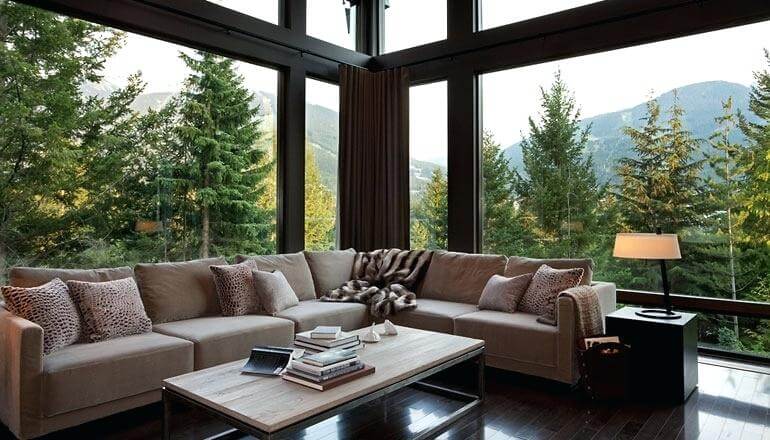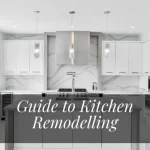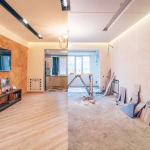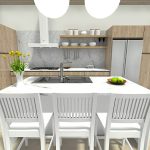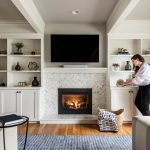Do you ever enter a room and think, “Wow this place looks amazing!”. Certainly you have. But what makes it good, exceptional, even great? There are many factors that contribute to good interior design and surprise – it’s relatively straight forward. Anyone can train and learn how to create beautiful interior spaces, you simply need to know the foundation of how exceptional rooms are made before you can begin to create your very own jaw-dropping interiors. I’m not going to lie… If you weren’t born with the “decorating gene” like some of us, it may take you a little longer to practice, however it’s not impossible at all. Let me tell you a little story about Jen.
Jen is a friend of mine from school years who was known to have really bad taste. Her wardrobe was lovely but her apartments were always really depressing and dated. One day, she invited us all over for a film and we were shocked when we walk in. Her apartment was enviable! She confessed that she started to take online decorating classes, binged on home decorating shows and subscribed to a few decor mags. She said the biggest change came from Pinterest and the boards she made along with all of the interiors accounts that she followed on Insta. Within a year, her decor style changed completely and her apartment was nothing like it once was. We barely wanted to visit her – who wants to chill on a stained futon and eat on a table that was meant to be used as lawn furniture? (Yes, really). Jen upped her game and now her apartment could be inspiring others on Insta.
My point is this: You don’t need a degree in architecture or design to create fabulous interiors. You don’t need to be a “natural”. But you definitely do need to check out my list of 8 “musts” below and then later in this post, I’m suggesting a great book (smile) to get you started along with an invitation to a lovely decor community on Substack.
-
Plan and prioritize: Before starting any interior design project, it is important to plan and prioritize your goals and needs. Consider factors like functionality, aesthetics, budget, and timeline, and make a plan that addresses each of these elements. I would say that out of all of these considerations, budget and room architecture are always the most important considerations because if a wall cannot be removed, or a floor has to stay (because you’re a renter), you’ll need to change some of your ideas. Budget is certainly the “make or break” of any interiors project though. Most of my clients had to make some rather large sacrifices in order to afford the room of their dreams, and others had to learn what was worth the price and what they could live without.
-
Consider the context: Good interior design should take into account the context of the space, including factors like the architecture, location, and natural light. Understanding the context can help you make design choices that enhance the space and create a cohesive and harmonious environment. You need to know which direction the room faces, for instance, as it will directly affect the color choices in the space – partially the wall paint. Location is equally important. If you decorate your country home that is 500 miles from the coast in a typical coastal style, it will feel out of context and not fit the surroundings. This type of disconnect affects everything. For instance, if you have a country home in a part of the world where it’s dark and cold for half of the year, blue and white striped linen curtains and white shutters on the windows, along with white linen bedding and rattan lighting may not only look “off” but it will not take care of your needs. To maintain warmth in a cold climate, you’ll need to rely on soft furnishings that are warm and cozy, seersucker, transparent linens, and woven bamboo shades won’t hold the heat in your home. It’s not just aesthetics – it’s also about what’s practical and makes sense.
-
Focus on functionality: Aesthetics are important, but functionality should be a top priority in any interior design project. Consider how the space will be used and make design choices that support its intended purpose. I was recently speaking with a famous German furniture designer and he revealed how his designs are becoming more and more about comfort than about simply looking good and winning awards from pleasing curves and perfect lines. He noted how a lot of Danish furniture is very beautiful but you cannot snuggle on it with your dog and chairs are mostly very strict and upright, they aren’t meant to linger in for hours over dinner. Comfort and functionality need to be strong considerations when designing a room. You want to linger on a sofa, you need to enjoy seating in your dining room, you want your office chair to be ergonomic so that your back health is not adversely affected. I see so many Instagram influencers showing their home office spaces and I have to laugh because who can sit on an iconic mid century chair for 8 hours a day? Who can sit on a hard wood chair tapping away on their computer 5 days a week? You need padding, you need height adjustable seating, you need depth to also be adjusted for your thighs to be supported and fully-adjustable armrests.
-
Create balance and harmony: Good interior design should create a sense of balance and harmony in the space. This can be achieved through a variety of design choices, such as color palette, furniture placement, and lighting. If rooms are harmonious, the home simply feels better – there is flow, the energy is good.
-
Pay attention to details: Details are an important part of good interior design, and they can make a big difference in the overall look and feel of a space. From selecting the right hardware and accessories to choosing the perfect throw pillows, paying attention to details can help create a cohesive and polished look. It’s especially important to incorporate texture and things that simply feel good.

